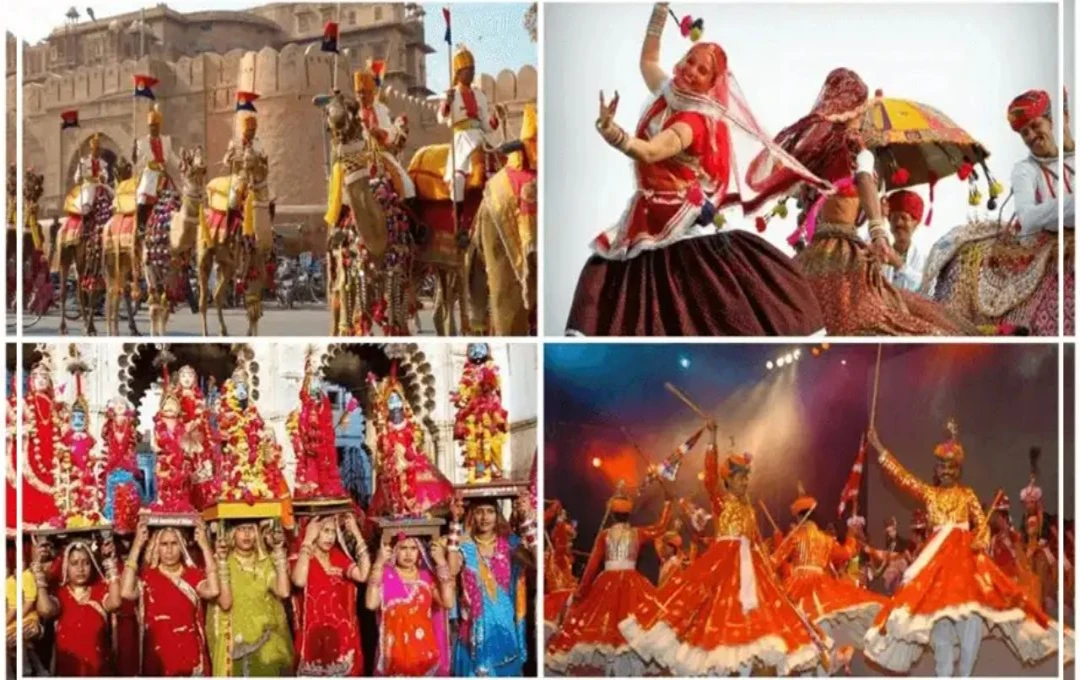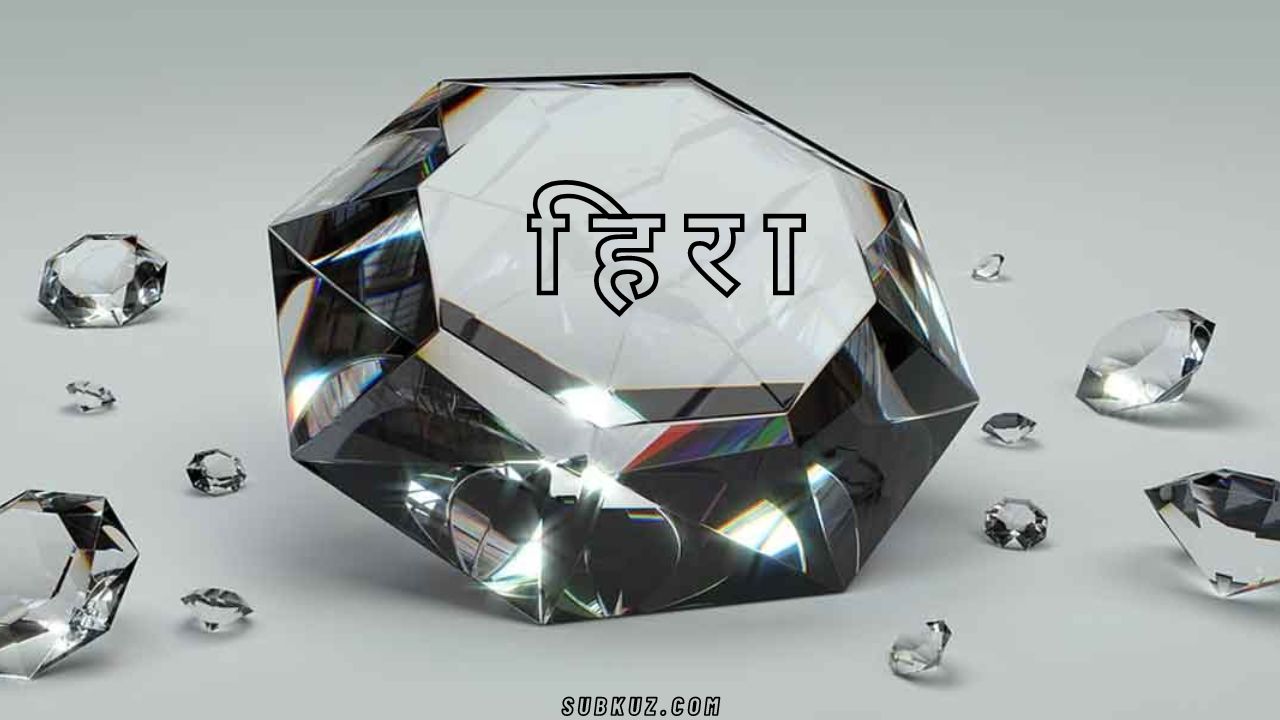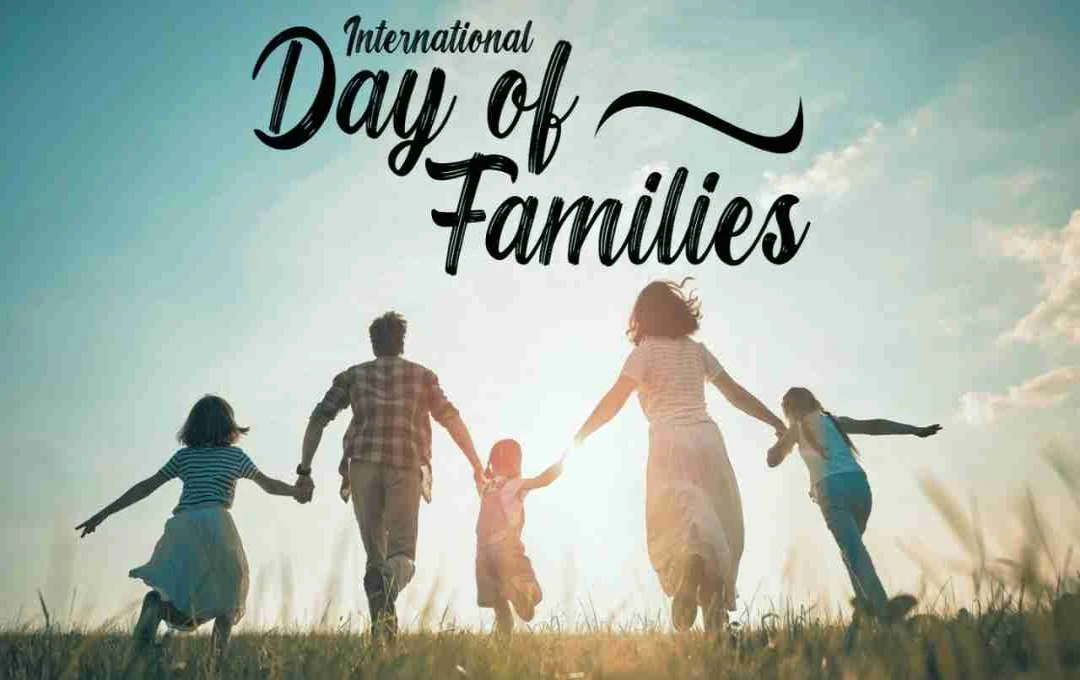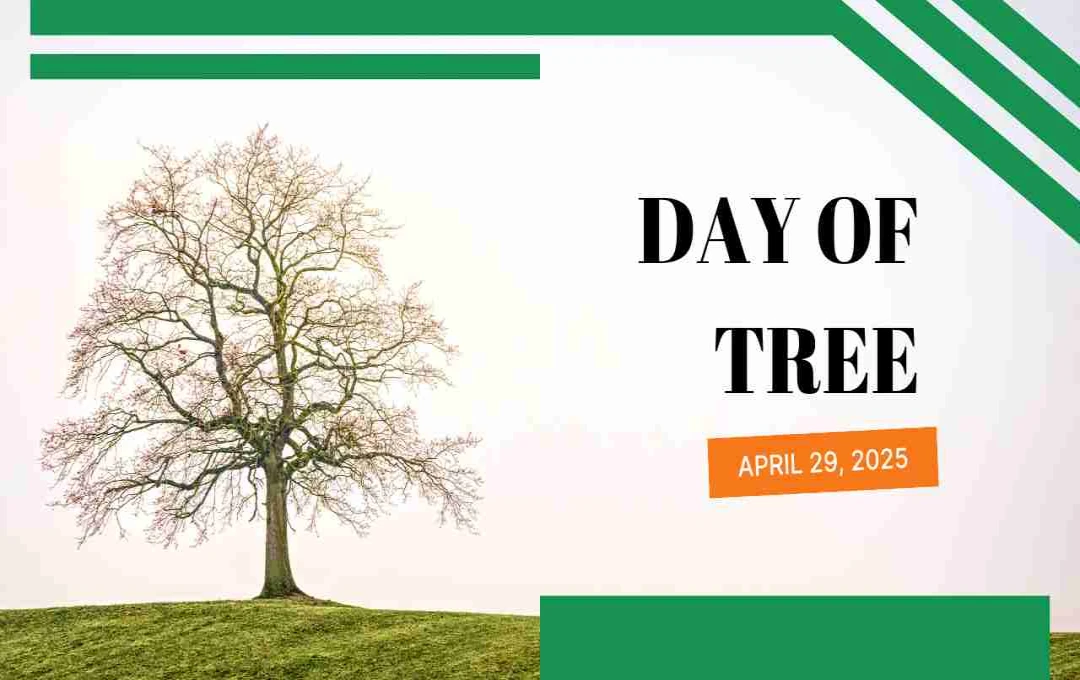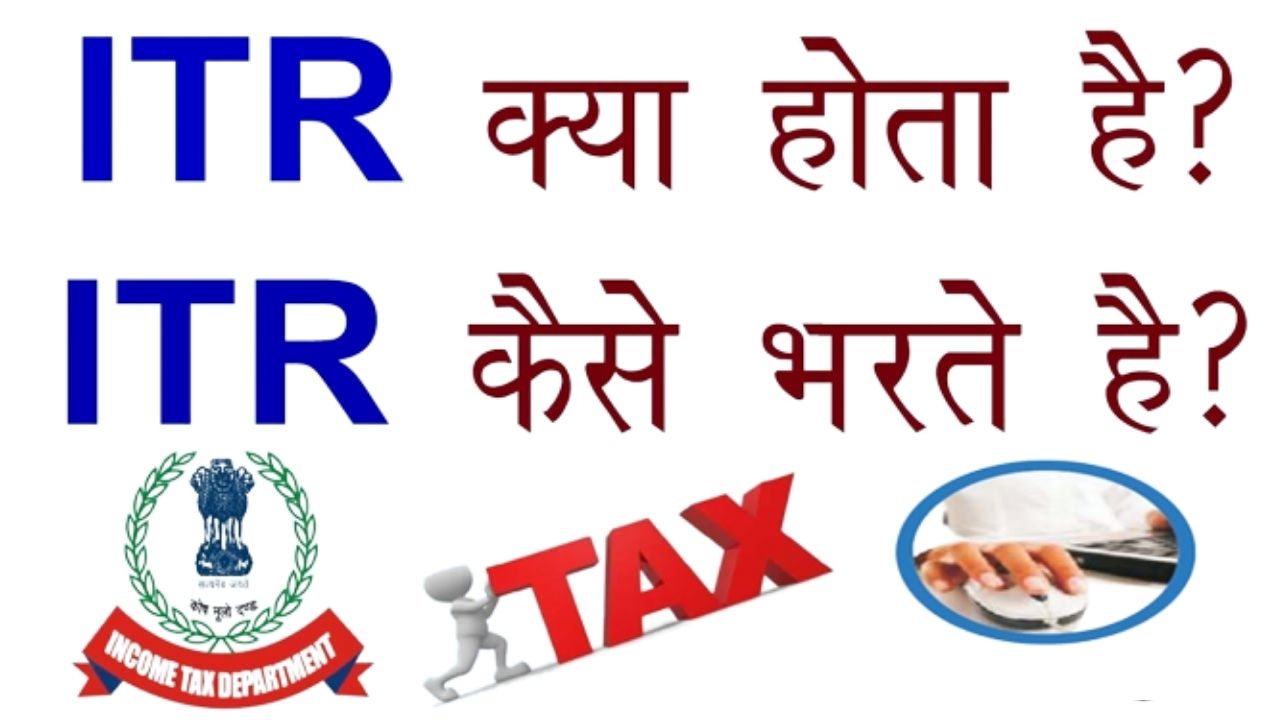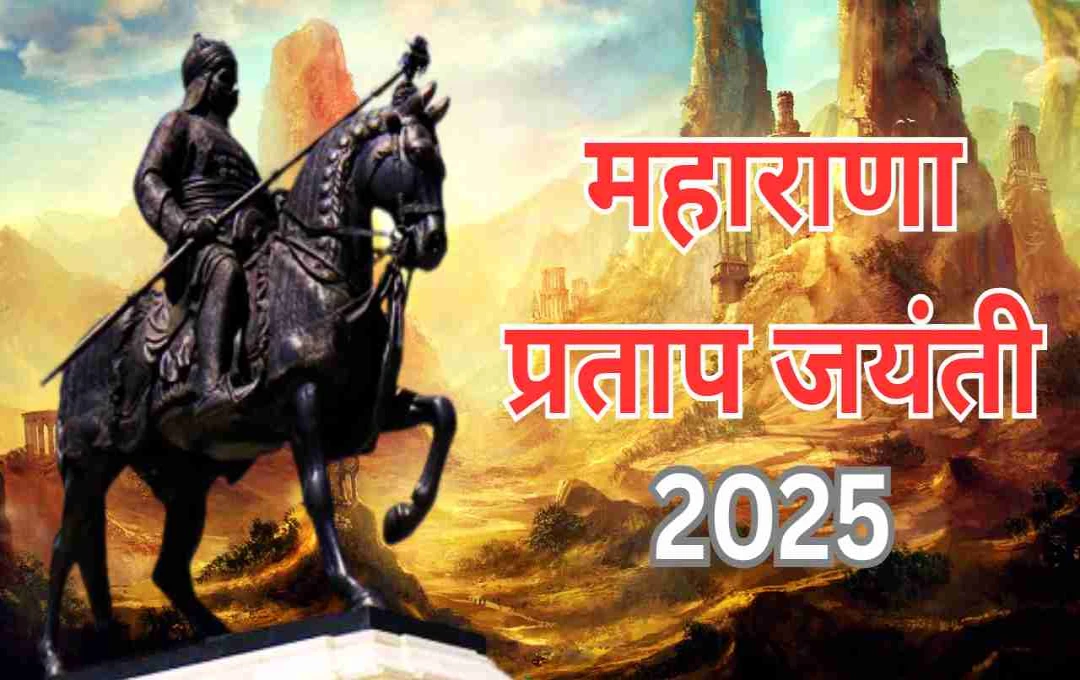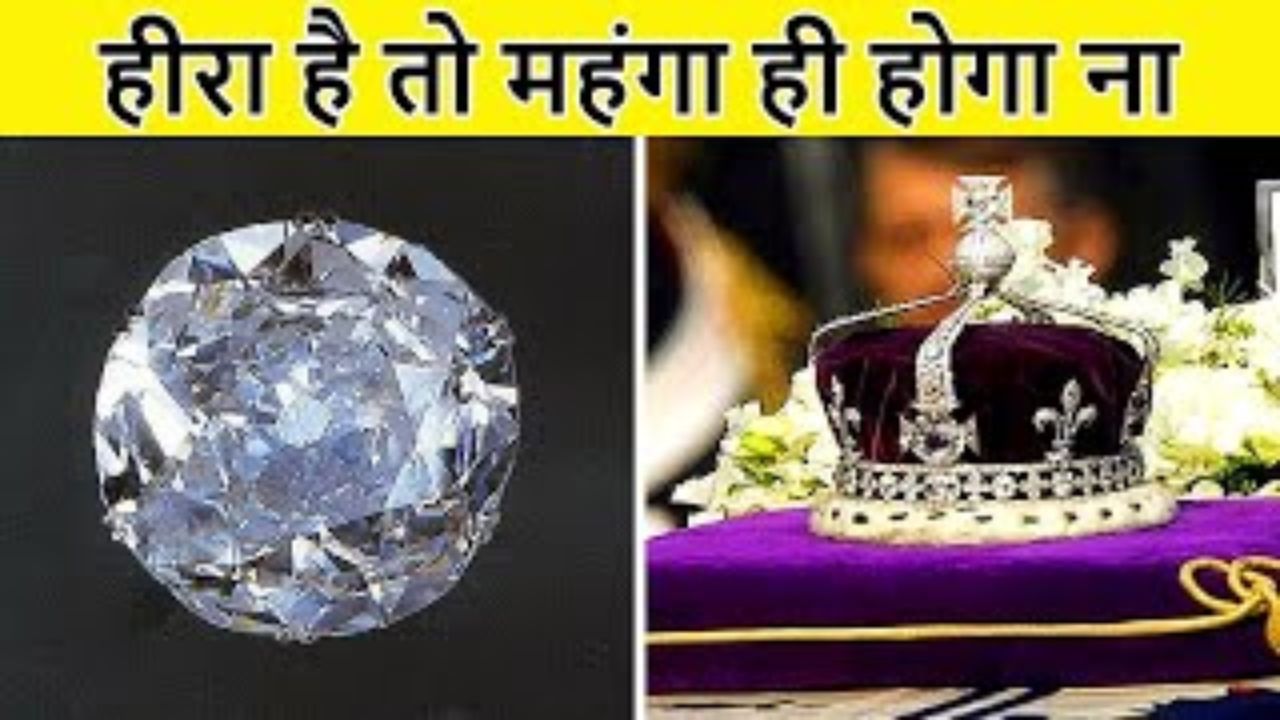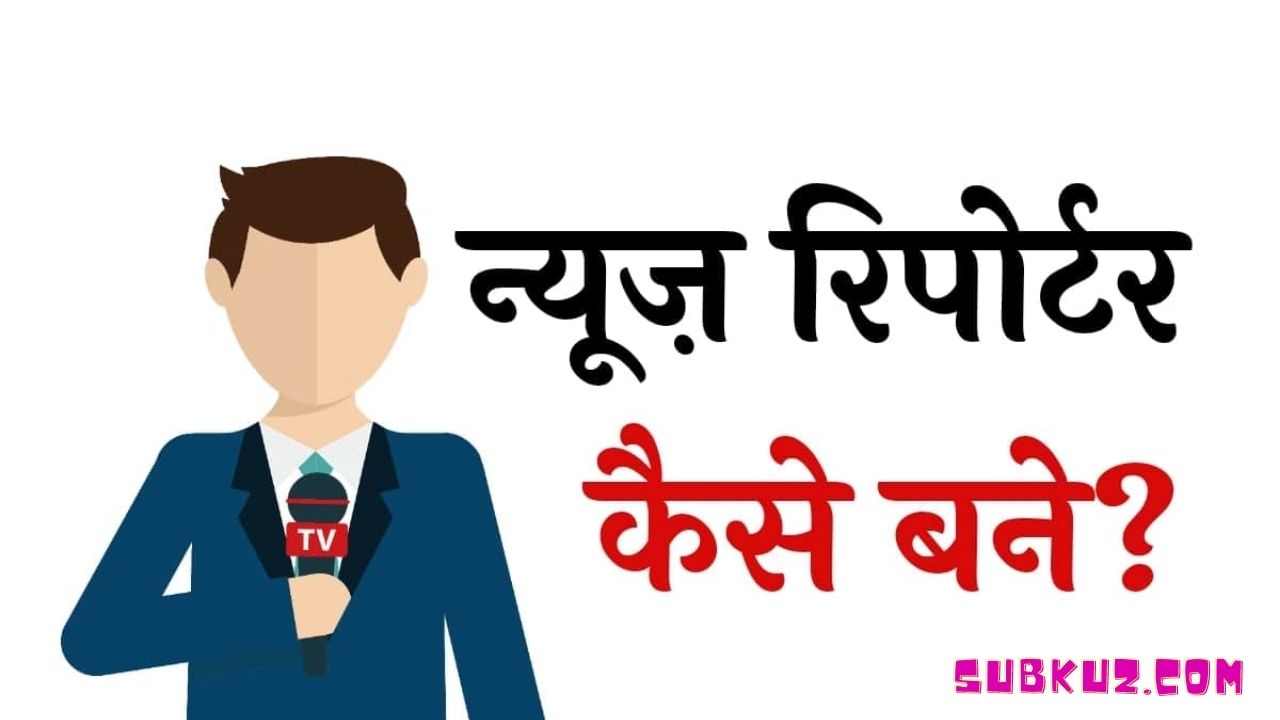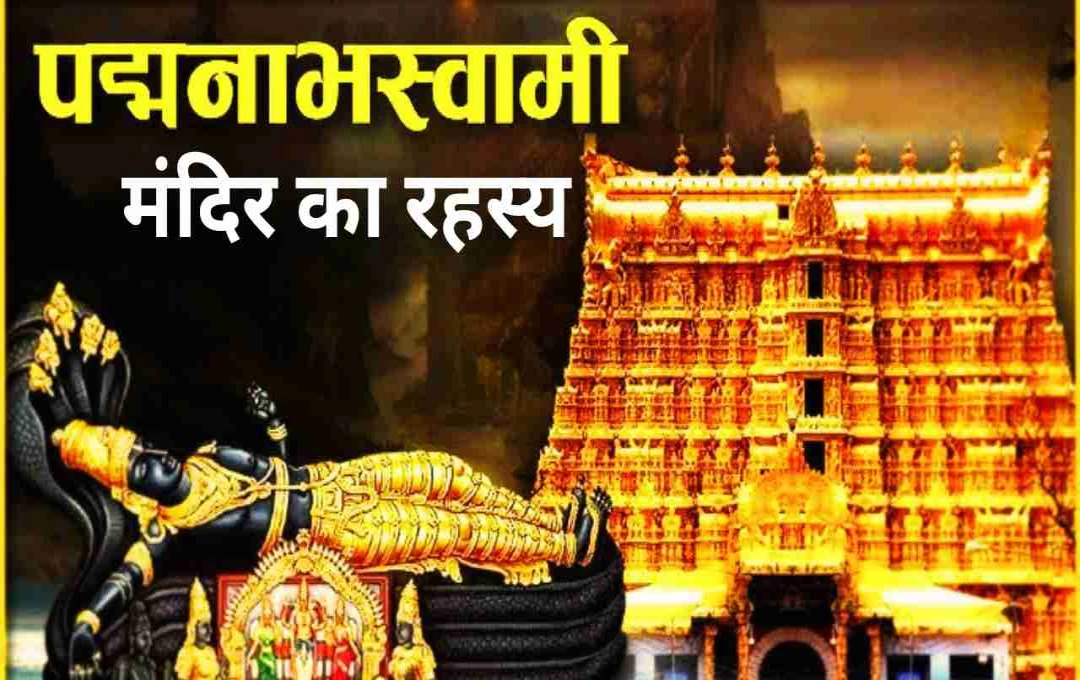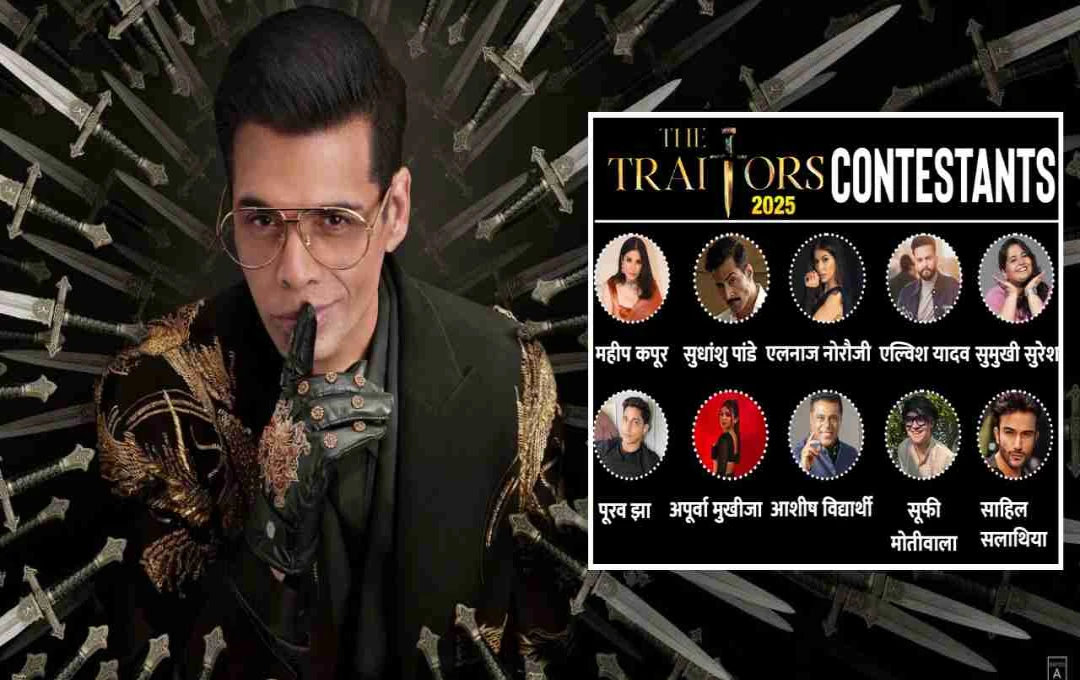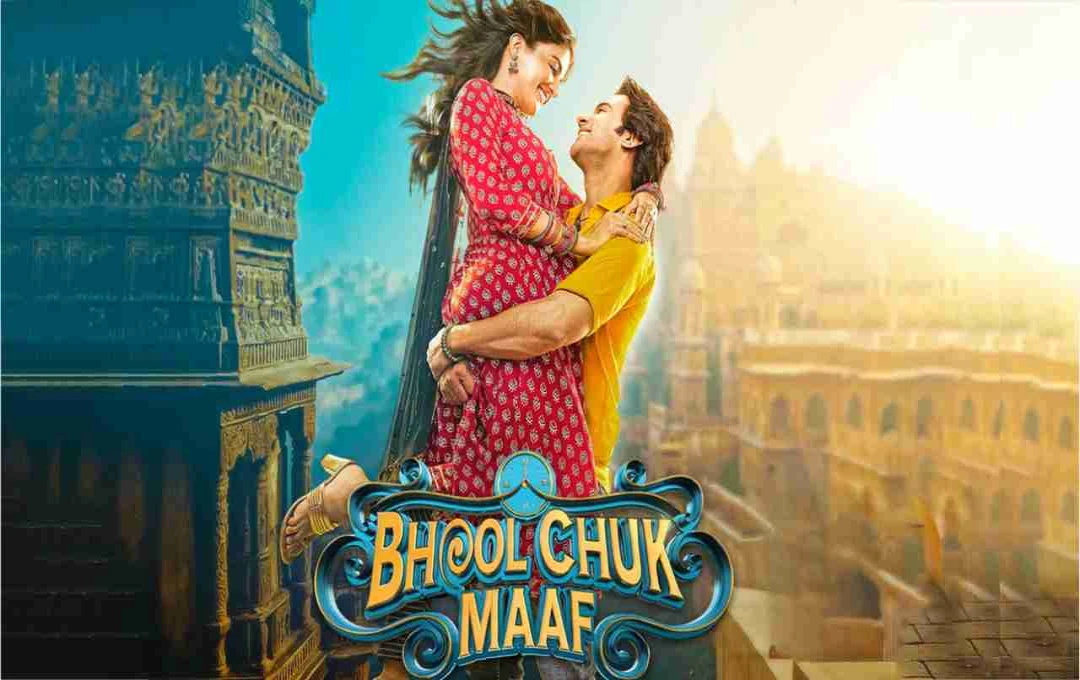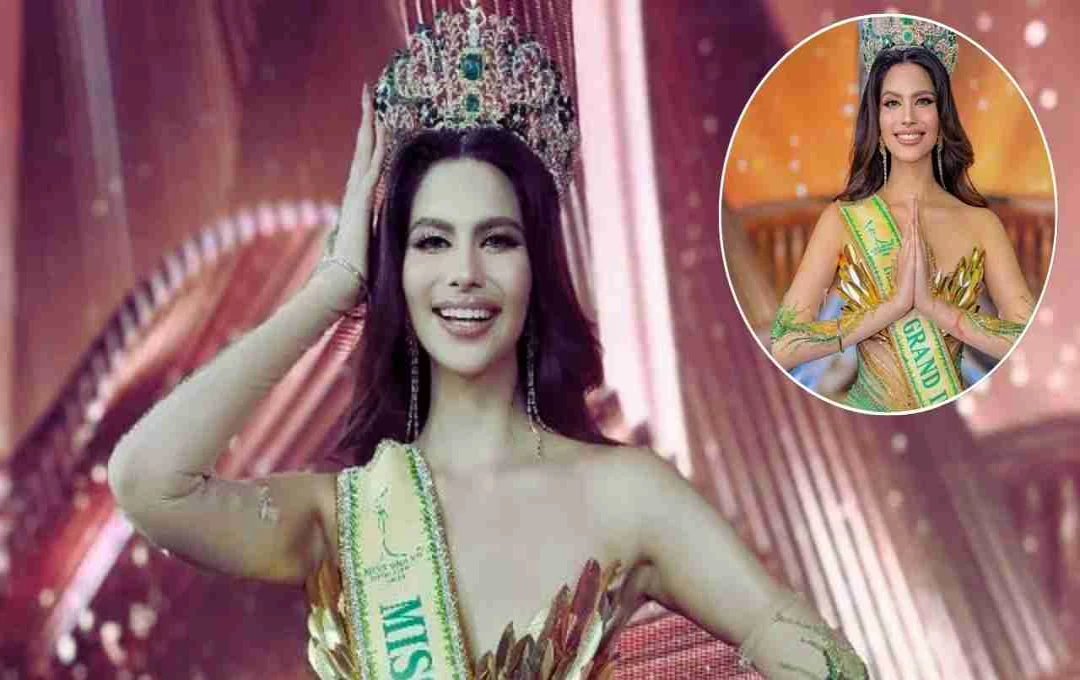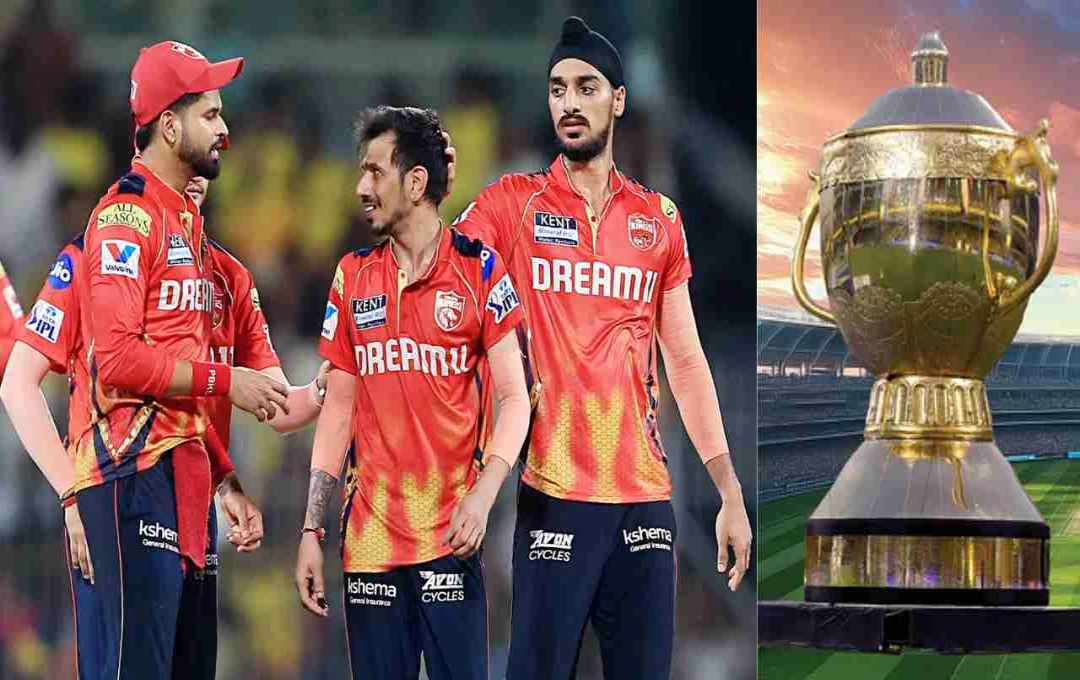Rajasthan, renowned for its vibrant costumes, camels, forts, and desert beauty, has gained significant international recognition for its folk dance and music. While modernity has altered many traditions over time, the state's folk art remains vibrant. This is why both the Indian government and UNESCO accord special status to Rajasthan's cultural heritage.
Rajasthan's folk dance and music are not merely forms of entertainment but also convey a rich folkloric and social tradition. These dances and songs are often associated with natural life, heroic ballads, love stories, and religious beliefs.
Diverse Traditions of Folk Music
Rajasthani folk music is most distinctly characterized by its linguistic diversity and emotive expression. Folk songs here are typically sung in regional dialects – Marwari, Mewari, Dhundhari, Shekhawati.
Two prominent folk music traditions in Rajasthan are:
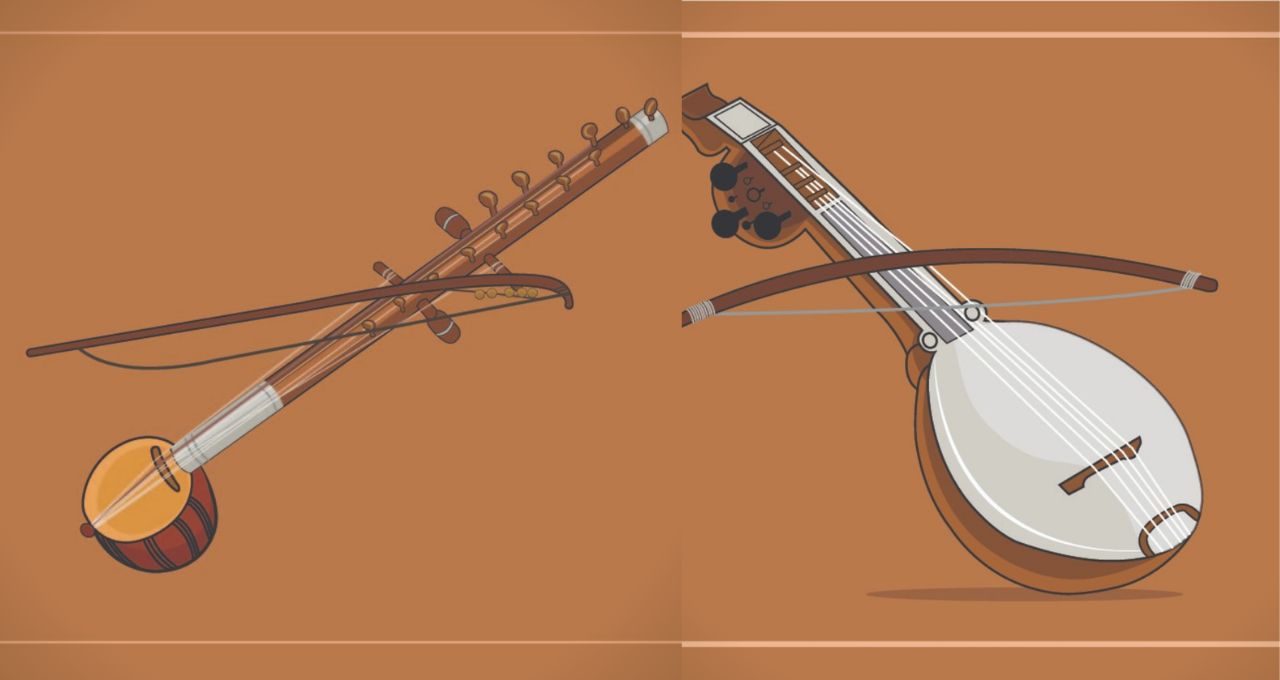
- The Manganiyar community
- The Langa community
Both communities are renowned for their masterful presentation of traditional songs, a skill passed down through generations. Their songs often include heroic tales of kings and princes, love stories, devotional hymns, and seasonal folk songs.
Principal Musical Instruments
- Ravanhatta: An ancient stringed instrument, said to have been created by Ravana himself according to legends.
- Kamaicha: A musical instrument played exclusively by the Manganiyars.
- Instruments like khadtal, manjira, dholak, bansuri, and nagada are included in everyday performances.
Folk Dance: A Showcase of Visual Traditions
Rajasthani folk dances are a direct testament to the state's cultural diversity. Each region and community has its own unique dance, reflecting their lifestyles and beliefs.
Principal Dance Styles
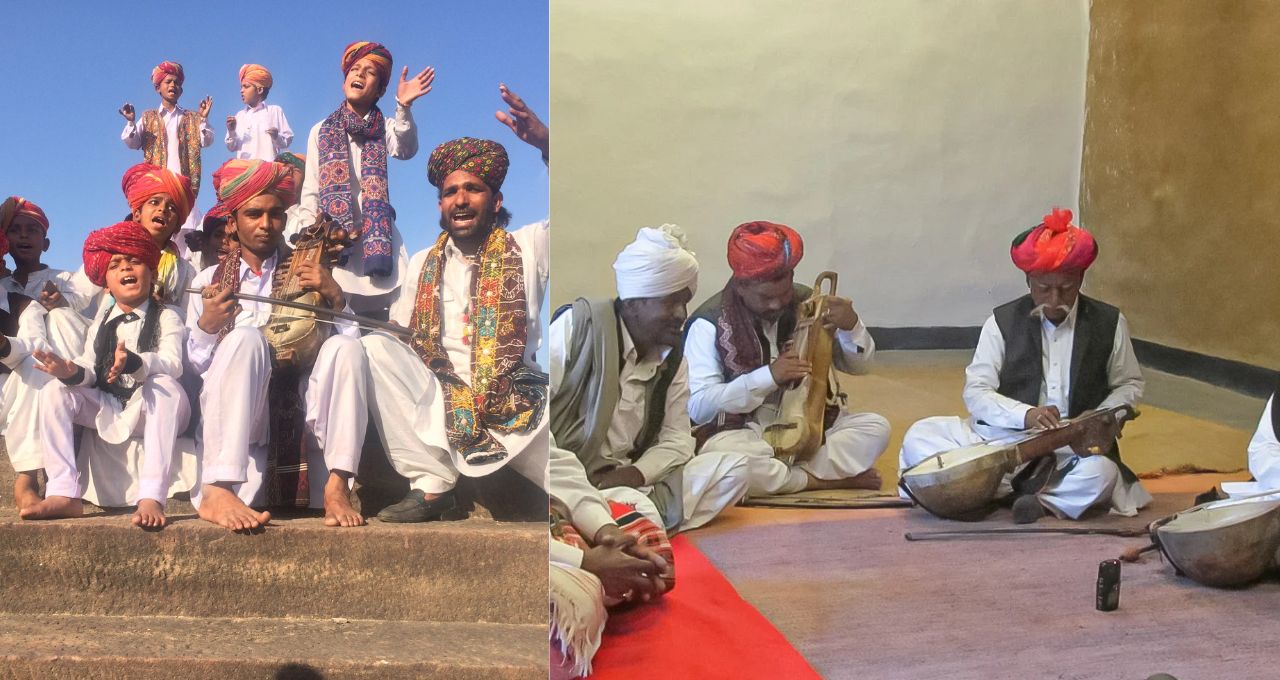
- Ghoomar: This circular dance, performed by women in groups, has become an emblem of Rajasthan. UNESCO has included it in its list of Intangible Cultural Heritage.
- Kalbeliya: Women from the Kalbeliya community, associated with snakes, perform this dance imitating the movements of snakes. This dance is also included in UNESCO's World Heritage list.
- Bhawai: Women perform this dance balancing several pots on their heads, often atop swords or glass. It symbolizes courage and balance.
- Gair: This dance, performed by men with wooden sticks, is particularly showcased during festivals like Holi and Gangaur.
- Chari Dance: In this dance, women perform with lit lamps on their heads. It is especially prevalent in the Alwar and Kishangarh regions.
Popularity on International Platforms
The talent of Rajasthani folk artists is now appreciated not only in India but also abroad. Events like the Desert Festival (Jaisalmer), Jaipur Literature Festival, and Pushkar Fair feature folk dance and music as major attractions. Organizations like Spic Macay also help disseminate these folk arts to schools and universities.
The state government also conducts encouragement programs, scholarships, and training for folk artists to ensure the preservation of these traditions for future generations.
